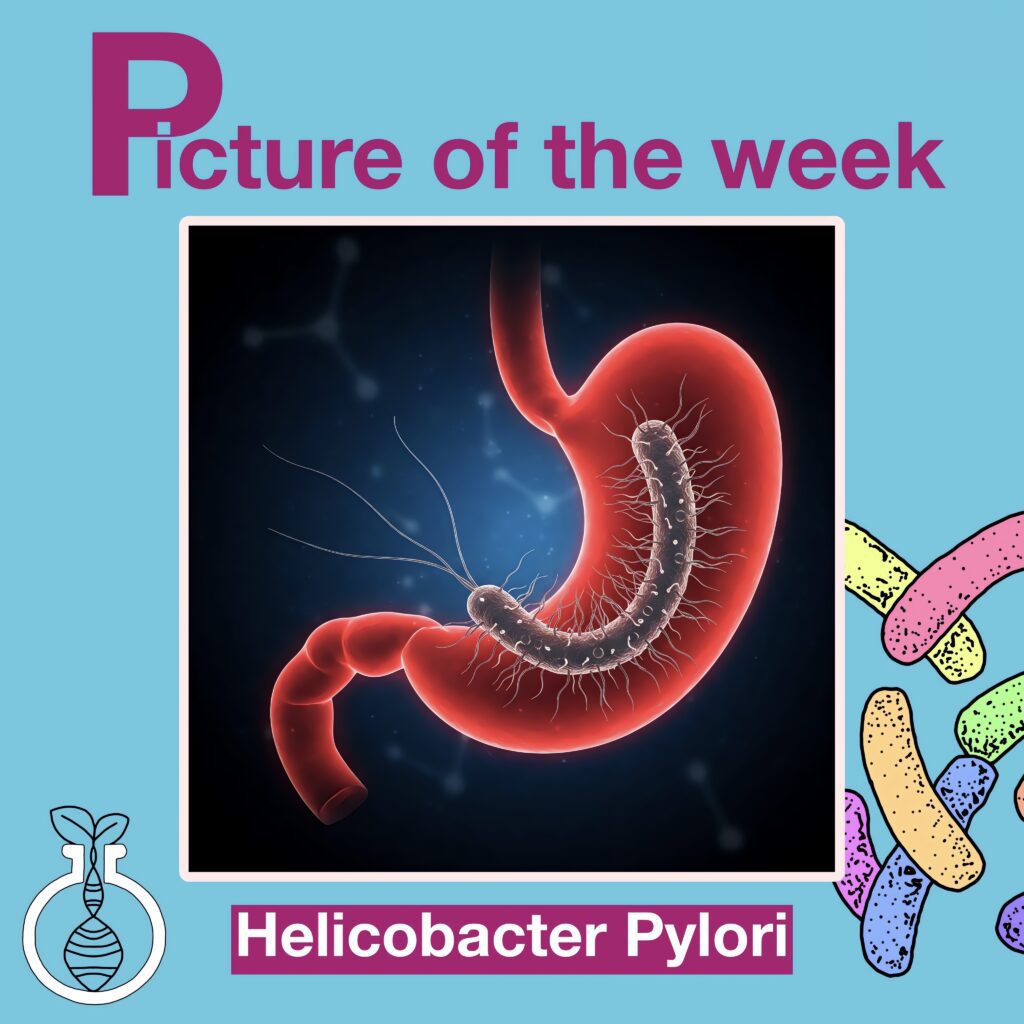Welcome to this week’s spotlight! In the hidden world of microbes, where unseen dangers lie in wait, Salmonella emerges as a stealthy saboteur of our food supply. Under the microscope, this bacterium may look like just another harmless microorganism, but don’t be fooled—it’s responsible for millions of cases of food poisoning worldwide. From undercooked meat to contaminated produce, Salmonella has the power to turn everyday meals into unexpected health risks, reminding us just how vulnerable we are in the fight for food safety.

What is Salmonella?
In the vast, unseen world of microbes, Salmonella stands out as a notorious saboteur, sneaking into our food and causing havoc when we least expect it. Picture it as a crafty thief, quietly contaminating everything from eggs to poultry to fresh produce, waiting for the perfect moment to strike. This tiny bacterium is responsible for millions of cases of food poisoning worldwide, reminding us that even our everyday meals can hide invisible dangers.
Salmonella is a genus of Gram-negative bacteria, primarily known for causing gastrointestinal illness in humans. Once ingested, this sneaky invader makes its way to the intestines, where it begins its assault. Symptoms usually start within 6 hours to 6 days after exposure, leading to nausea, vomiting, diarrhea, and abdominal cramps. In more severe cases, Salmonella can spread beyond the intestines, causing more serious infections like sepsis.

One of the reasons Salmonella is such a dangerous pathogen is its ability to survive in a variety of environments. From undercooked meat to contaminated water and even kitchen surfaces, this bacterium is versatile, thriving in places we often overlook. It’s not just about raw chicken anymore—Salmonella can be found in everything from vegetables to peanut butter, making it a stealthy presence in many unexpected foods.
Preventing Salmonella infections begins with vigilant food safety. Properly cooking meat, washing hands and surfaces after handling raw food, and refrigerating perishables are some of the key steps to avoiding this bacterial saboteur. Despite its stealth, there are ways to stay ahead and keep our food safe.
Though Salmonella operates silently in the shadows of our kitchens and farms, we can defend ourselves with knowledge and caution. By staying mindful of food handling practices, we can outsmart this microbial saboteur and protect ourselves from its disruptive impact.
You can find the original images on this story through this link
Thanks for joining us on this microscopic journey into the world of Salmonella. We hope you found this week’s feature as intriguing as we did. Don’t forget to check back next week for another captivating look into the unseen world around us. Until then, stay curious and keep exploring!


My name is Ali Emre Cabadak, a dedicated biology enthusiast currently pursuing my studies at Marmara University, where I am majoring in Bioengineering. As a passionate advocate for scientific discovery and innovation, I am the founder of Biologyto. My goal is to bring the wonders of biology closer to everyone and inspire a new generation of thinkers and innovators. Through Biologyto, I aim to write scientific articles that delve into the fascinating world of biology, sharing insights and discoveries that inspire curiosity and innovation.





